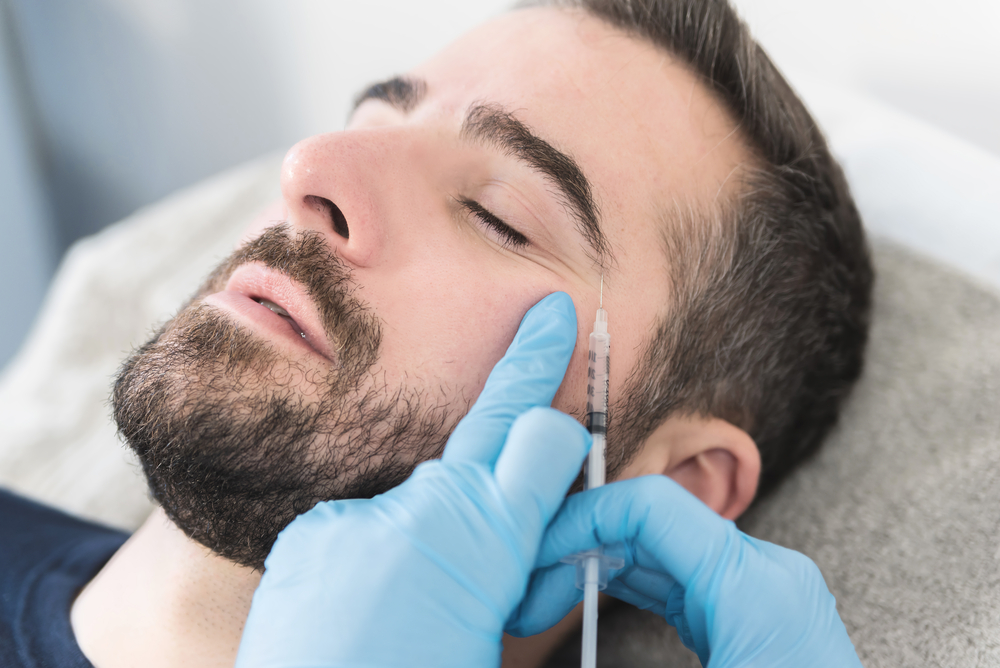Which medical conditions can be treated used Botox?
Botox is famous for its cosmetic uses, helping people to reclaim their youth be eliminating wrinkles and fine lines around the eyes and foreheads.
Almost everyone is aware of the effects that Botox has in this field but did you know that the substance can also be used to tackle a selection of different medical conditions.
Botox is not a substance designed for cosmetic purposes alone, it is a neurotoxin that paralyses muscles in the area in which it is injected.
This makes it incredibly valuable for treating excessive sweating, twitches and other conditions that can impact on the everyday lives of people across the globe.
Here are just some of the conditions that Botox can be used to alleviate the symptoms of.

Excessive sweating
Excessive sweating, or Hyperhidrosis, is a condition that is extremely difficult to manage for thousands of people across the UK. It can take its toll socially and emotionally and anything that provides relief is incredibly welcome to those suffering.
Botox is a fantastic non-surgical option for those who suffer with Hyperhidrosis. It effectively blocks the signals that stimulate the sweat glands in areas such as the armpit, hands, or feet, reducing the amount of sweat that the patient produces from these areas and improving comfort tremendously.
Migraines
The FDA has fully approved the use of Botox for the treatment of chronic migraines. Botox, injected into the forehead area will relieve tension and tension triggering muscles. This is the reason that is is so effective at preventing the appearance of forehead wrinkles such as frown lines and crow’s feet. A skilled practitioner will be able to inject Botox in such a way that it immobilises the headache triggering muscles and reduces the frequency and intensity of migraine attacks.
Anyone who suffers from migraines will be all too aware of how debilitating they can be and Botox has provided many with a level of relief they never though was possible.
Overactive Bladder
An overactive bladder can lead to uncontrollable urination that can be extremely inconvenient and drastically effect one’s daily life.
Botox can help to treat an overactive bladder and it thought to be one of the very few OAB treatments that can help with night-time symptoms. OAB is caused by bladder wall muscle overactivity and Botox can help to immobilise this muscle somewhat to help prevent this.
Involuntary spasms
Involuntary body spasm and similar conditions such as dystonia can not only impact negatively on a person’s day-to-day activity but can also lead to long-term health issues if left untreated.
Botox injections can help to relax muscles int eh neck, back or anywhere else where spasms are occurring, helping to improve mobility in the effective area and keeping pain to a minimum.
Overall, Botox is an incredible versatile treatment that is used for many miraculous things. Sure, botox in Glasgow is well known for its cosmetic uses, but the substance also provides welcome relief to those suffering from a range of different medical conditions.